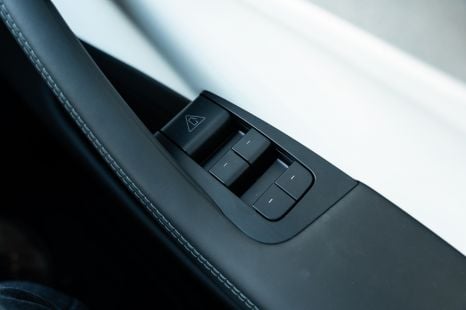

Derek Fung
Tesla redesigning interior door handles likely due to safety concerns
4 Hours Ago
The plug-in hybrid version of the Mercedes-Benz A-Class sedan has been axed locally, as the brand gears up for an EV onslaught.

Contributor
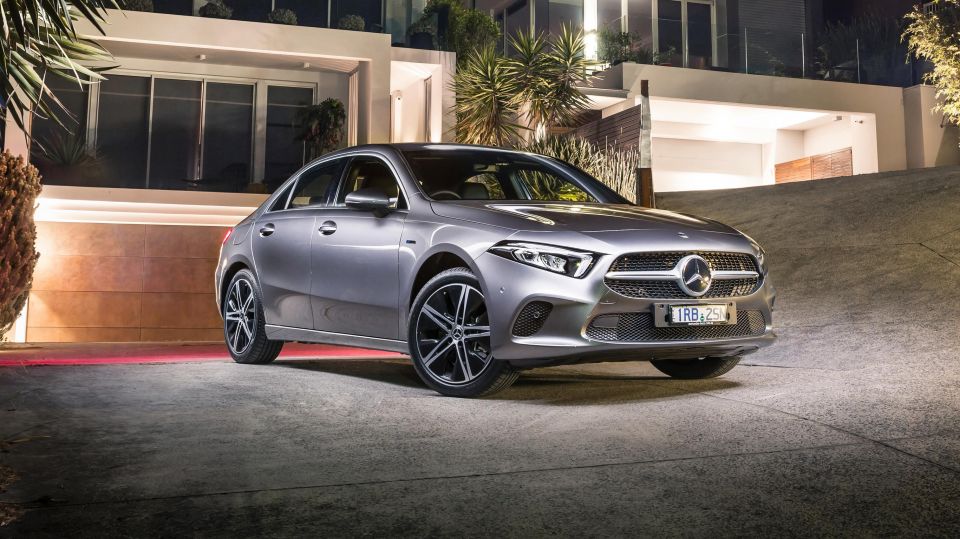

Contributor
Mercedes-Benz Australia has quietly discontinued the plug-in hybrid A250e sedan locally as it gears up for an electric vehicle onslaught.
“I can confirm that orders have closed for the A250e Sedan in Australia after rationalisation of the line-up,” said a Mercedes-Benz Australia spokesperson.
“We will continue to offer the popular A180, A250 4Matic and A35 4Matic Sedan variants, and the A250e plug-in hybrid remains available in Hatchback body style.”
“Our portfolio of all-electric compact vehicles is also expanding, giving local customers more choice over the course of this year.”
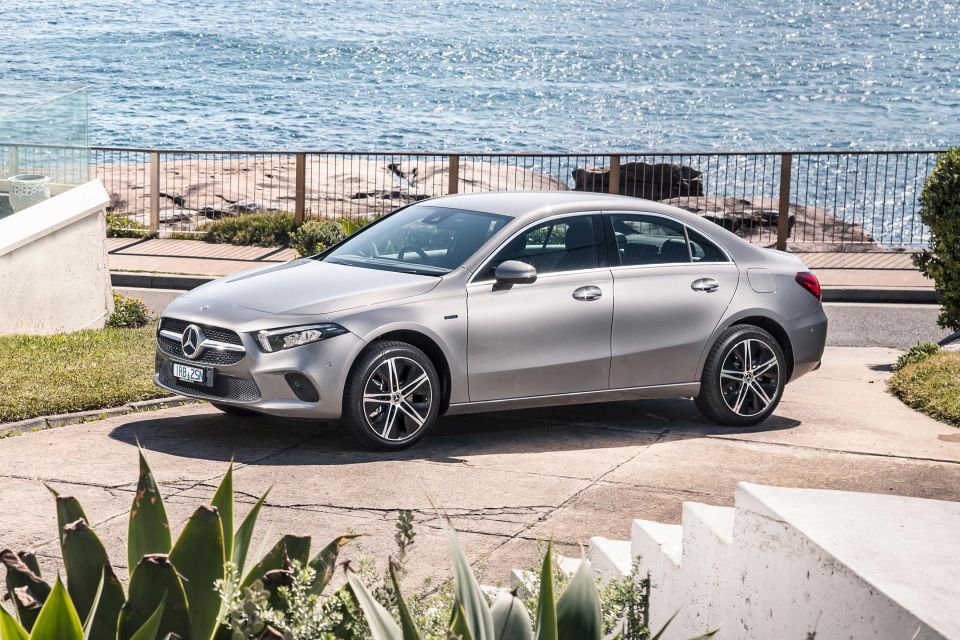
Mercedes-Benz has said there is only dealer stock remaining of the A250e sedan.
The A250e hatch lives on, while Mercedes-Benz also sells the plug-in hybrid E300e and GLC300e and the electric EQA and EQC.
The Mercedes-Benz A250e sedan, like the A250e hatch, is powered a 1.3-litre turbocharged four-cylinder petrol engine producing 118kW of power and 250Nm of torque, with an electric motor producing 75kW and 300Nm and a 15.6kWh lithium-ion battery pack. Total system outputs are 160kW and 450Nm.
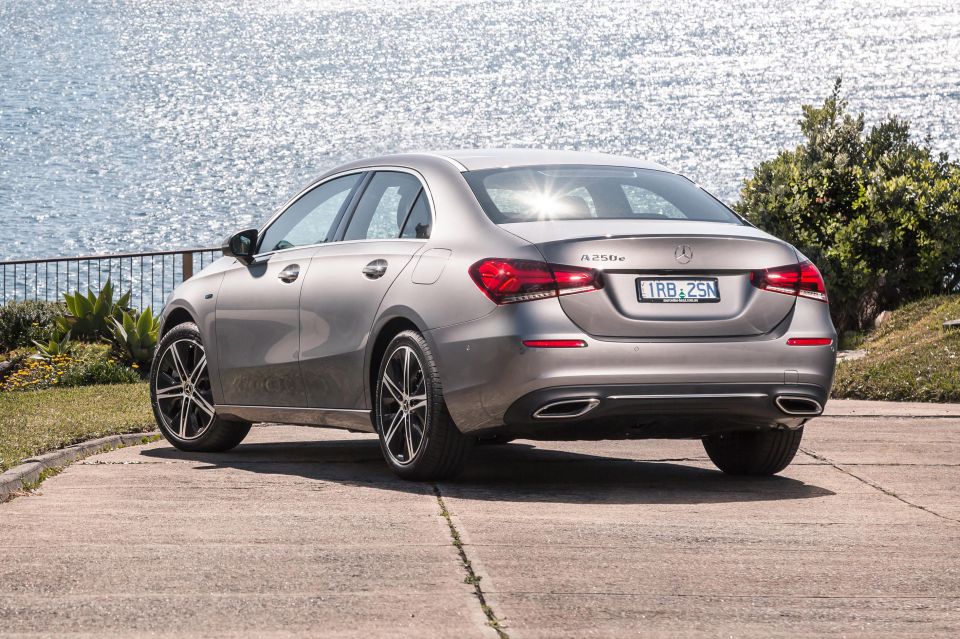
The A250e sedan is priced from $71,889 before on-road costs, which is $2900 more expensive than its hatch counterpart. The A250e hatch costs $68,989 before on-road costs.
In 2021, Mercedes-Benz sold a total of 66 A250e models, though it doesn’t distinguish how many of these were sedan and hatch models.
The A250e was outsold by the likes of the Mitsubishi Outlander PHEV (592 sales), Volvo XC40 Recharge PHEV (288 sales), BMW 330e (150 sales), Mini Countryman Hybrid (141 sales), and the Hyundai Ioniq Plug-in Hybrid (68 sales).
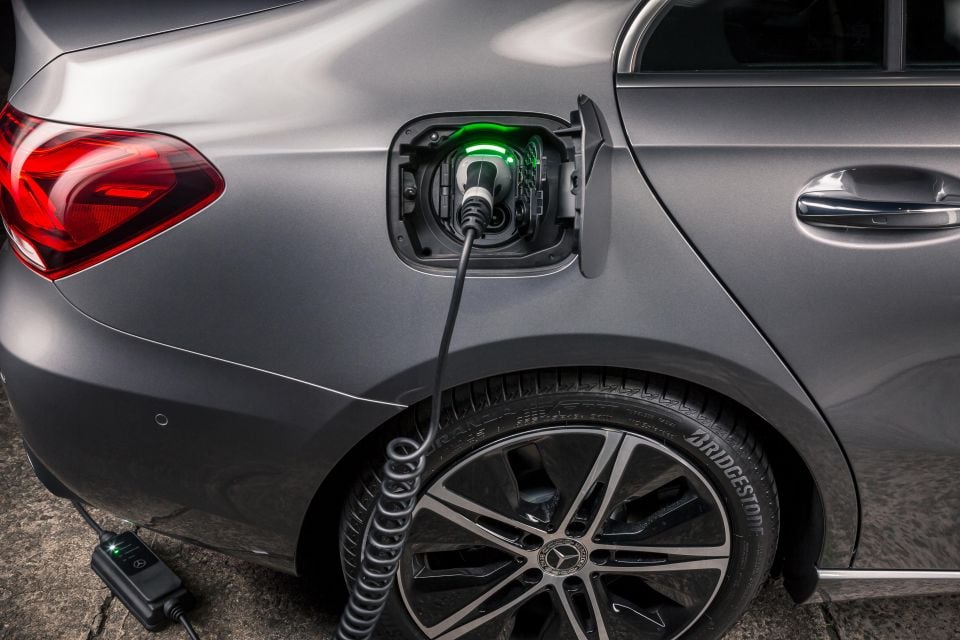
It did outsell the Kia Niro Plug-in Hybrid (60 sales), BMW X3 xDrive30e (37 sales), and BMW 530e (22 sales) though.
The axing of the Mercedes-Benz A250e sedan comes as Volvo axes the XC40 Recharge PHEV locally in favour for the incoming Pure Electric Single Motor version.
The next-generation Kia Niro will also likely lose the outgoing model’s PHEV powertrain in Australia, according to the brand’s local website.
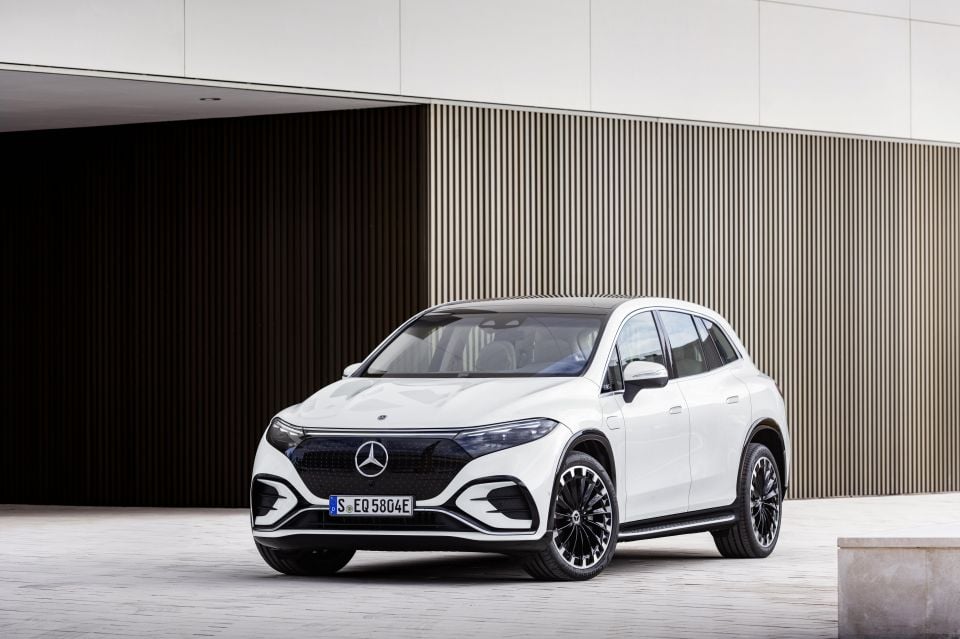
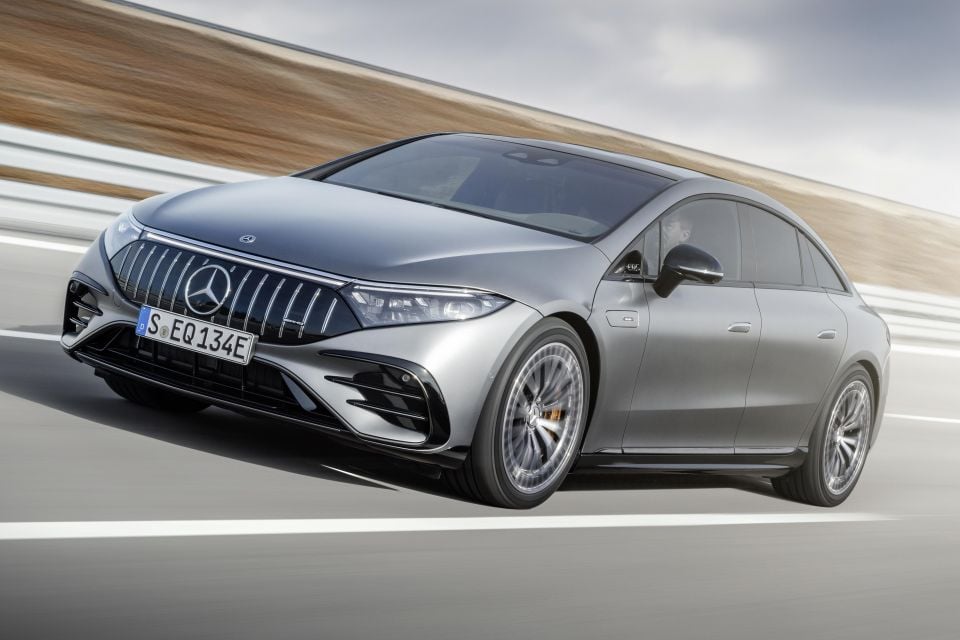
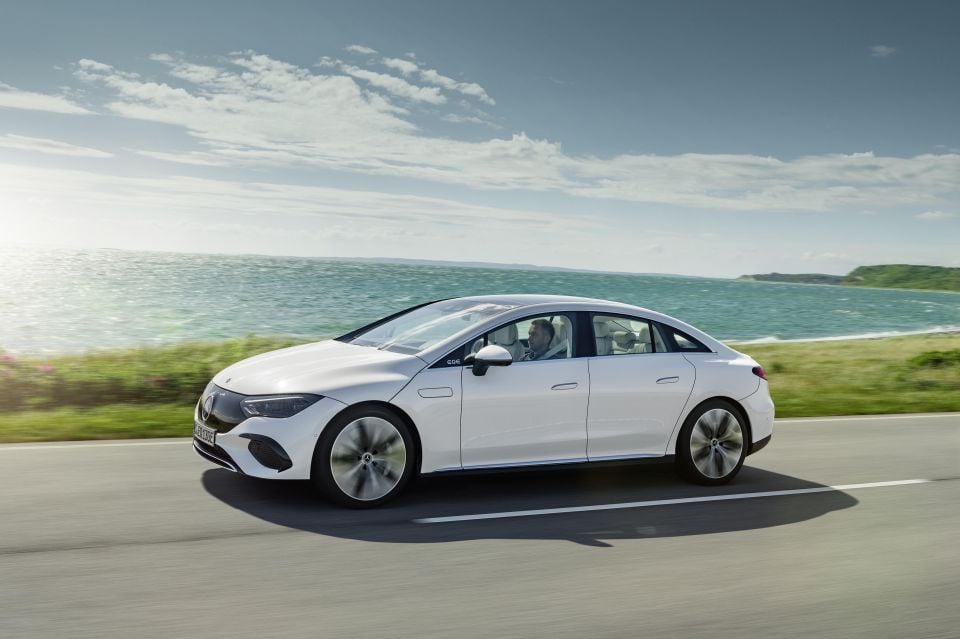
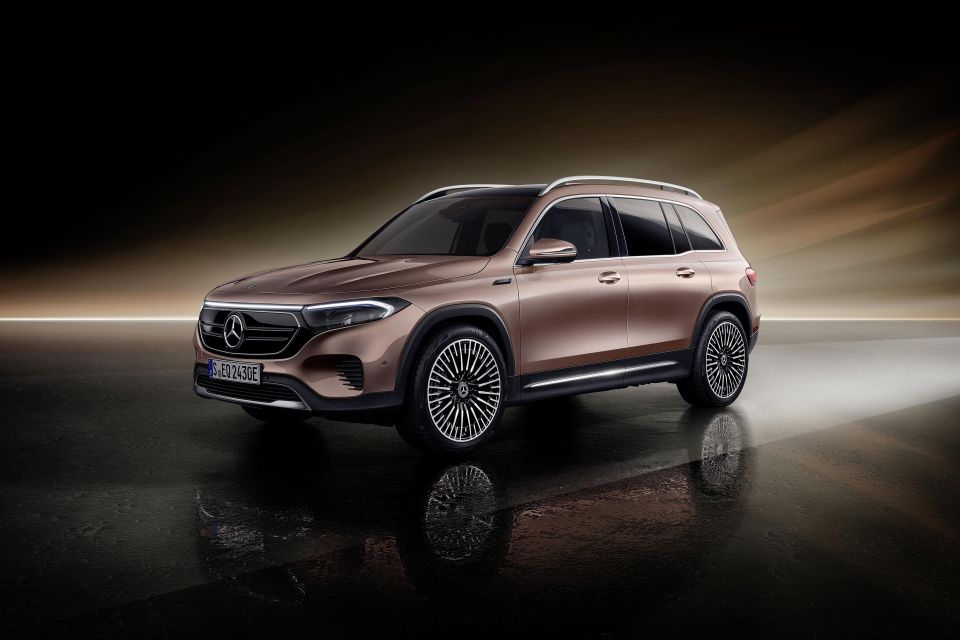
Mercedes-Benz has a larger fleet of EVs coming in the next 12 months including the EQS liftback, EQA350 and EQB small SUVs, EQV people mover, eVito van, EQE sedan, and EQS SUV.
The three-pointed star also said recently it’s planning to trim the number of small models it offers while releasing more high-end vehicles, in the pursuit of higher margins.
At this stage Mercedes-Benz still plans to go EV-only by 2030, albeit with the “wherever market conditions allow” disclaimer, and aims to be CO2-neutral by 2039.
Where expert car reviews meet expert car buying – CarExpert gives you trusted advice, personalised service and real savings on your next new car.
Jack Quick is an automotive journalist based in Melbourne. Jack studied journalism and photography at Deakin University in Burwood, and previously represented the university in dance nationally. In his spare time, he loves to pump Charli XCX and play a bit of Grand Theft Auto. He’s also the proud owner of a blue, manual 2020 Suzuki Jimny.


Derek Fung
4 Hours Ago
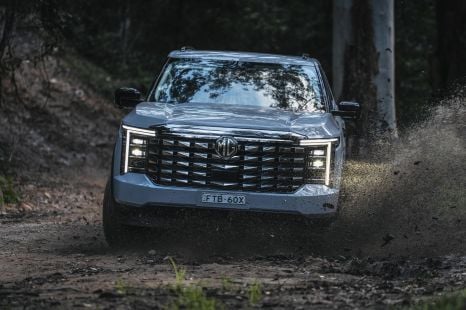

Josh Nevett
4 Hours Ago


Josh Nevett
4 Hours Ago
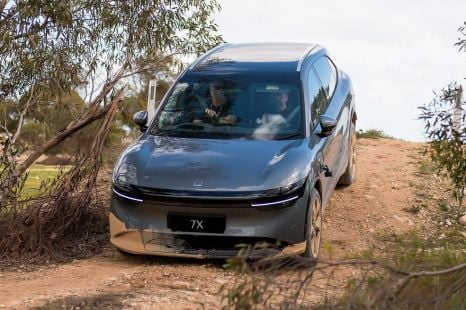

Damion Smy
10 Hours Ago
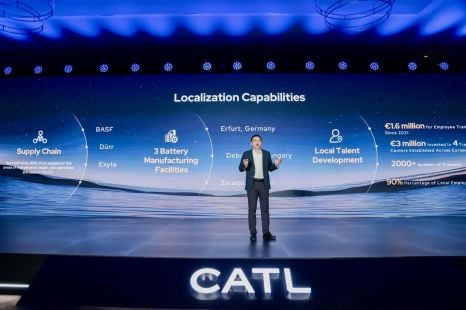

Ben Zachariah
1 Day Ago


Andrew Maclean
1 Day Ago